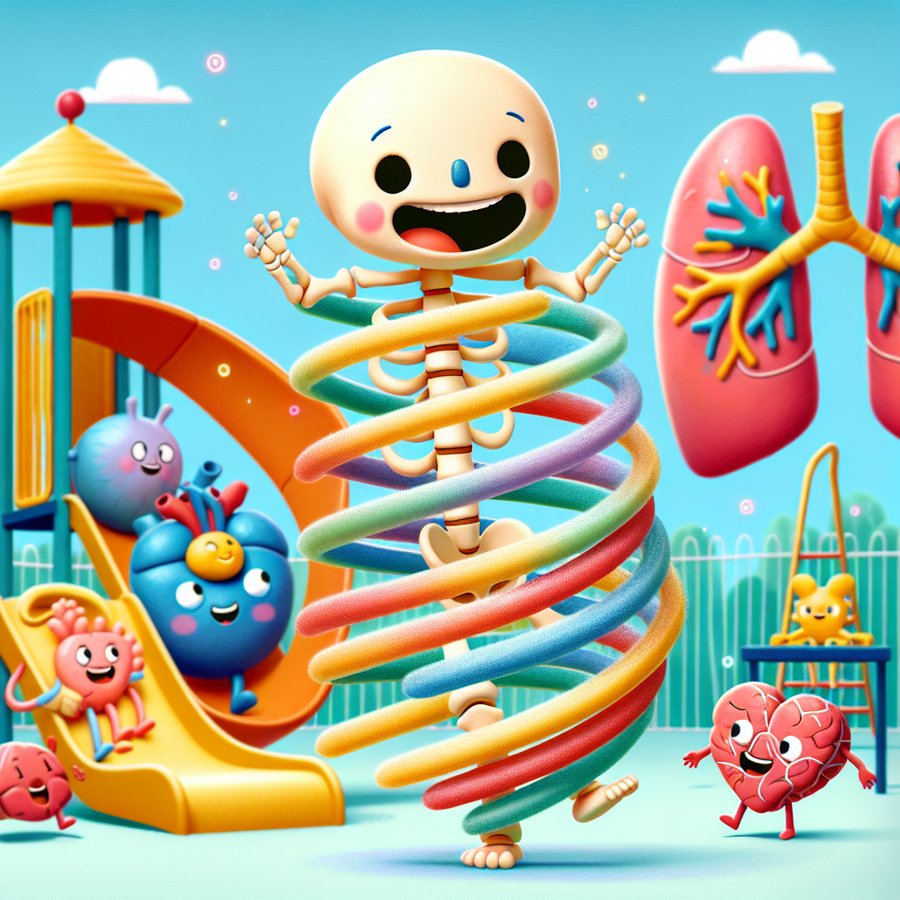Scoliosis is a condition that can evoke concern and a multitude of questions, especially in new parents who are navigating the vast world of their baby’s health. Understanding what scoliosis entails, recognizing its signs, and knowing the available treatments empowers parents to provide the best care for their little ones. This guide aims to demystify scoliosis, offering essential information and support to families.
What is Scoliosis?
Scoliosis is a medical condition characterized by an abnormal lateral curvature of the spine. It can appear in various forms and severities, affecting individuals differently. While it is more commonly diagnosed in adolescents, scoliosis can also be present in infants and young children, known as infantile or early-onset scoliosis, respectively. Understanding this condition’s basics is crucial for early detection and intervention, which can significantly impact a child’s quality of life.
For more in-depth information on early-onset conditions that might affect your baby, consider exploring topics like acid reflux, hip dysplasia, or congenital heart disease.
How is Scoliosis Diagnosed in Babies?
Diagnosing scoliosis in babies involves a combination of physical exams and imaging tests. Pediatricians may initially notice signs during routine check-ups, such as asymmetry in the baby’s back when bending forward. Advanced diagnostics like X-rays or MRI scans are employed to confirm the diagnosis and assess the curvature’s degree. Early diagnosis is vital for managing the condition effectively and minimizing its impact on a child’s growth and development.
Families seeking further understanding of diagnostic processes for baby-related health concerns may find resources on conditions like ultrasound screening or genetic disorders useful.
What Causes Scoliosis in Babies?
The exact causes of scoliosis in babies, particularly congenital types, remain partially understood. Genetic factors play a significant role, and in some cases, scoliosis is associated with other conditions such as muscular dystrophy or cerebral palsy. Environmental factors during pregnancy might also contribute, though research in this area continues to evolve. Understanding potential causes aids in early detection and tailored treatment plans.
For parents interested in learning more about related conditions that could affect their baby’s spine and overall health, exploring articles on cerebral palsy or muscular dystrophy may offer additional insights.
Treatment Options for Scoliosis in Babies
Treatment for scoliosis in babies varies according to the severity and type of curvature. In mild cases, observation and regular check-ups may be all that’s required to monitor the condition’s progression. More severe forms might necessitate interventions like bracing or, in some instances, surgical procedures to correct the spine’s alignment. The goal of treatment is to prevent further curvature and ensure the child can grow and develop normally.
Parents looking for more information on how to support their child’s development and well-being might find resources on physical therapy or occupational therapy for children helpful, as these can be integral parts of managing conditions like scoliosis.
Supporting Your Child Living with Scoliosis
Living with scoliosis can present challenges for children and their families, but with the right support and resources, they can lead happy, active lives. Being proactive in treatment, fostering a positive environment, and engaging with communities of parents facing similar challenges can be incredibly beneficial. It’s also important for parents to educate themselves on all aspects of the condition, from daily care routines to long-term management strategies.
Connecting with others through platforms that offer support and information on various baby health concerns, such as bonding or developmental milestones, can also provide valuable insights and encouragement for families navigating scoliosis and other health issues.
For further reading on scoliosis and managing spinal health in babies, the Scoliosis Research Society provides comprehensive resources and up-to-date research findings.













